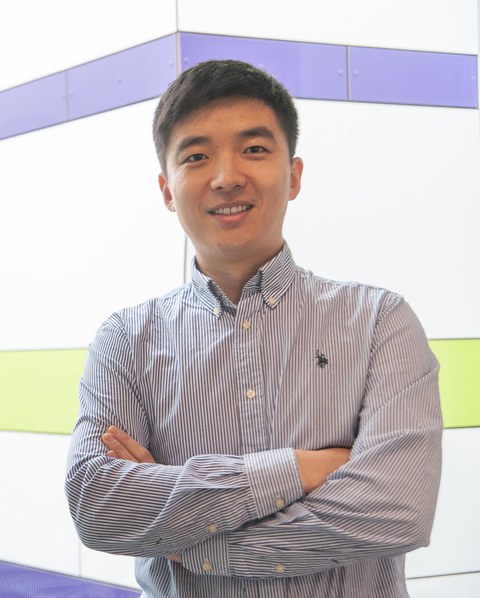Zhiyong Wang
2D Materials in Water Applications Symposium
Dresden, Germany 11 & 12 Apr 2024
Title: On-Water Surface Synthesis of Two-Dimensional Polymer Membranes for Advanced Energy Devices
First and last name: Zhiyong Wang
Affiliation: Max Planck Institute of Microstructure Physics
Short Biography:
Zhiyong Wang is a group leader at the Max Planck Institute of Microstructure Physics (Halle, Germany). He received his doctoral degree in November 2021 in Prof. Xinliang Feng’s group at Technische Universität Dresden (Dresden, Germany). Then he came to the Max Planck Institute of Microstructure Physics as a postdoc. In March 2022, he was appointed as a group leader of 2D polymer and interfacial synthesis in the Department of Synthetic Materials and Functional Devices. His research is mainly focused on the development of interface-assisted synthesis methodologies, and the exploration of synthetic and interfacial chemistry for the precision synthesis of novel organic 2D materials with tailored physical and chemical properties. He also aims to explore the applications of organic 2D materials in multifunctional electronic and optoelectronic devices, van der Waals heterostructures, and membranes for osmotic power generators and artificial skin in batteries.
Abstract:
Two-dimensional (2D) materials (e.g., graphene, TMD, and MXenes) have recently shown great potential for constructing 2D membranes with desirable nanochannels and permselective ion transport for advanced separation technologies. Nevertheless, these 2D membranes generally show disordered ion transport pathways and low density of functional groups, leading to the trade-off effect between ion selectivity and conductivity. Here, we propose a novel approach to address this limitation through the utilization of 2D polymers, characterized by tailor-made structures and properties at the molecular level. These innovative 2D membranes, synthesized on the water surface, possess unparalleled thinness, high charge density, and well-defined nanopores, thereby mitigating diffusion lengths and boosting ion selectivity. These features render them ideal candidates for overcoming the trade-off effect, holding significant promise for applications in osmotic power generation and battery devices.
- Z. Wang et al., Nat. Synth., 1 (2022) 69.
- Z. Wang et al., Adv. Mater.,34 (2022) 2106073.
- Z. Zhang et al., Nat. Commun., 13 (2022) 3935.
- D. Sabaghi et al., Nat. Commun., 14 (2023) 760.
- Y. Yang et al., Angew. Chem. Int. Ed., (2024) e202316299.
- X. Liu et al., Adv. Mater., (2024) 2310791.
Figure 1: Schematic of the selective ion transport across the 2DP membrane for osmotic energy conversion.

